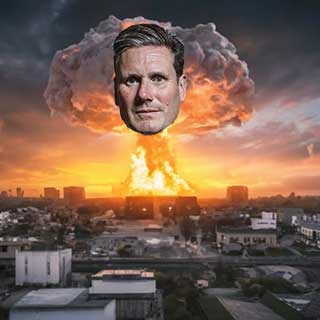9 February - From Charlton to Concorde via Cairo and Churchill

 Today
should have been, is?, my father Leslie’s one hundredth birthday.
Today
should have been, is?, my father Leslie’s one hundredth birthday.
He was born at 82 Victoria Road, Charlton, Kent, renamed Victoria Way in
the 1930s and later absorbed into Greater London. When just a few months old his
parents moved to Burma where his father Alfred had grown up before joining the
Merchant Navy and being torpedoed in 1915.
Badly injured he was taken to the Dreadnought Hospital in Greenwich and when
discharged went to work in Woolwich Arsenal. While there he met and married Gladys
from Canning Town who was 20 years his junior.
Leslie was home schooled in a suburb of Rangoon (Bassein) until both he and my grandfather contracted typhoid and
were lucky to survive. In 1930 the decision was taken to return to London for
health reasons and the family took up residence in Victoria Dock Road but Alfred died the following year.
My father was accepted into the local Shipman Road School where he consistently scored zero in mathematics tests until well into 1931.
Nevertheless the Shipman Road Headmaster gave a glowing testimonial as to his
character and practical skills which got him a place at West Ham Technical
College where he progressed to become Head Boy.
Armed with a Certificate from the Institution of Mechanical Engineers for which
he had to pay 7/6d., he was apprenticed by Troup Curtis & Co (ship’s
engineers) of Victoria Dock Road and paid eleven shillings a week.
 Completing the course in March 1940 Leslie briefly worked in the Arsenal designing
a Bakelite hand grenade but due to a mix up with the papers relating to his exempted
employment status there was a minor brush with the law and in February 1941 he joined the Royal Air Force.
Completing the course in March 1940 Leslie briefly worked in the Arsenal designing
a Bakelite hand grenade but due to a mix up with the papers relating to his exempted
employment status there was a minor brush with the law and in February 1941 he joined the Royal Air Force.
Following training in Skegness he was allocated to
138 Squadron and sworn to secrecy. It was Special Operations Executive which took
on a variety of tasks including dropping spies into occupied France and collecting them.
In the Autumn of 1942 Leslie as Flight Engineer took a Halifax bomber to Cairo via Malta to supply Montgomery with
small arms and crash landed it into the Sahara Desert when the Merlin engines
filled with sand on the return trip. Two Halifaxes in the same group were lost
into the Mediterranean presumably for the same reason.
He took the Merlins apart and and cleaned and mended them over a period of three weeks. A passing unit of the American
Army provided food and oil and a Polish aircrew got the plane back to Bedfordshire
but not before a roof top level run and celebratory circle of my mother’s house who didn’t even know where her
husband had gone let alone was a month later. She told me just before she died that she knew
immediately what that circling Halifax meant.
Two months later he took Winston Churchill to Casablanca and back in a
heavily fortified Consolidated Liberator. It suffered technical problems in
Casablanca but was quickly repaired and the Prime Minister never knew. “You have
30 minutes to get that crate airborne or else.”
 For those achievements Leslie was Commissioned at Cosford later in 1943.
For those achievements Leslie was Commissioned at Cosford later in 1943.
Having achieved a reputation for his engineering skills Leslie was recruited when the war
ended by Frank Whittle to help develop his gas turbine engine. That led to a move to
Farnborough, Hampshire in 1949 and a lifetime developing various jet engines.
Perhaps the most newsworthy was the Bristol Siddeley (later Rolls Royce) Olympus
which started life in the very early 1950s and at that time delivered just over 9,000 pounds of thrust.
As part of the long forgotten project to develop a Mach 3 bomber my father and
just a couple of other people designed the engine test facility. I still have
all their original sketches. The half million horsepower low pressure wind
tunnel was used to push the Olympus engine to an incredible 38,000 pounds of
thrust and successfully power Concorde. The development team thought that 42,000
pounds was possible but as usual the government of the day cut the budget.
Leslie Knight was a Fellow of the Royal Aeronautical Society and the Institution of Mechanical Engineers.

138 Squadron, Special Operations Executive 1942.
His arithmetic improved.
Torque calculation of Armstrong Siddeley Mamba Turboprop engine circa 1949. Scroll or click for more.
My father died from too much smoking 32 years ago. What a waste.



